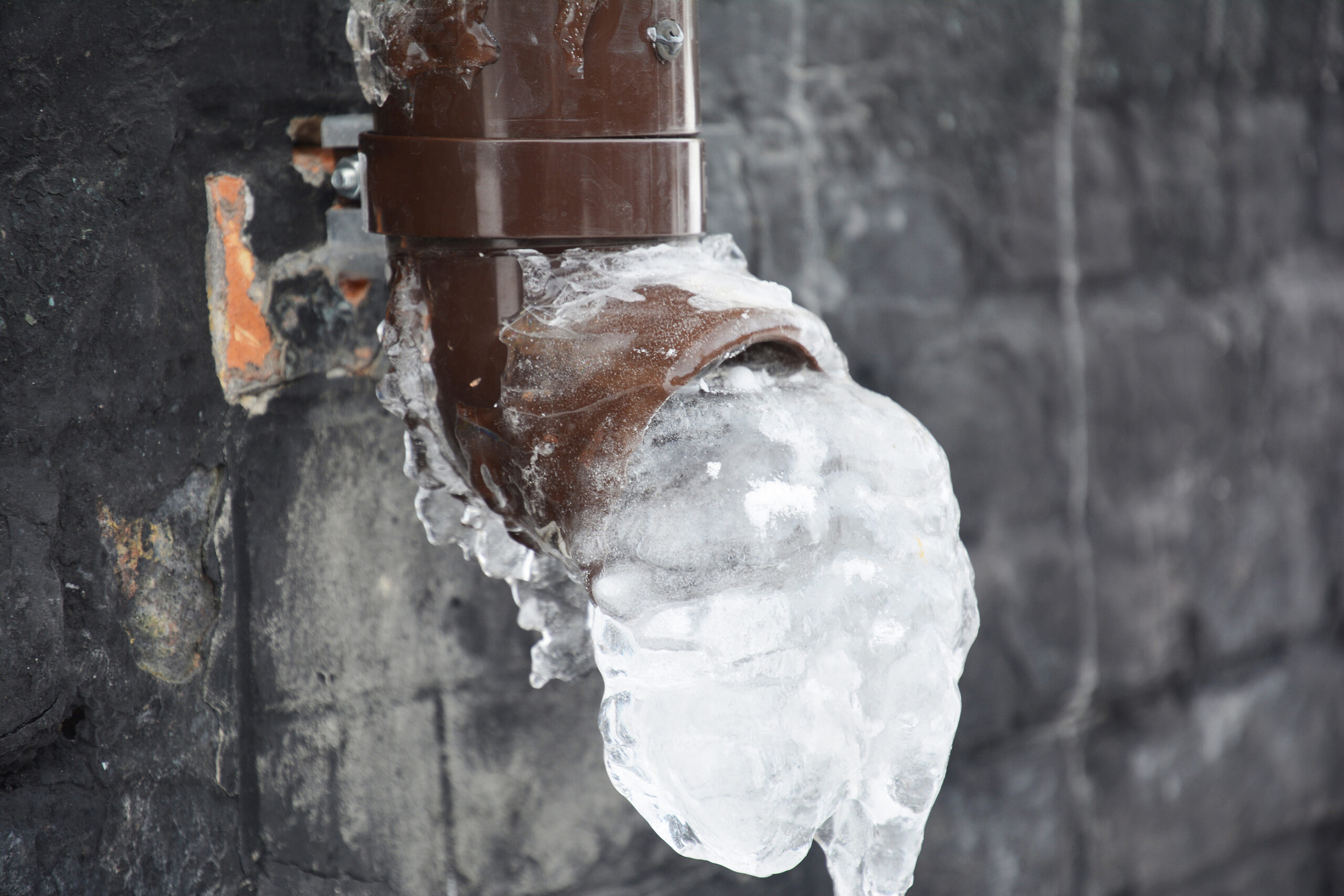Shielding Your Pipes from Freezing Issues: Essential Tips
Shielding Your Pipes from Freezing Issues: Essential Tips
Blog Article
What are your thoughts concerning How to Prevent Your Pipes From Freezing?

Cold weather can wreak havoc on your plumbing, specifically by freezing pipes. Right here's how to avoid it from happening and what to do if it does.
Introduction
As temperatures drop, the risk of icy pipelines rises, possibly bring about pricey repair services and water damages. Comprehending how to stop icy pipelines is crucial for homeowners in cool environments.
Avoidance Tips
Shielding vulnerable pipes
Wrap pipes in insulation sleeves or utilize heat tape to secure them from freezing temperatures. Concentrate on pipelines in unheated or outside locations of the home.
Heating methods
Maintain indoor rooms sufficiently warmed, especially areas with pipes. Open up cabinet doors to enable warm air to flow around pipelines under sinks.
Just how to identify frozen pipes
Search for reduced water circulation from taps, uncommon smells or sounds from pipes, and visible frost on revealed pipes.
Long-Term Solutions
Structural changes
Take into consideration rerouting pipelines far from exterior walls or unheated areas. Add additional insulation to attics, basements, and crawl spaces.
Upgrading insulation
Purchase top quality insulation for pipes, attics, and walls. Proper insulation aids preserve consistent temperatures and decreases the danger of frozen pipes.
Safeguarding Outdoor Plumbing
Garden hoses and exterior faucets
Detach and drain yard hose pipes prior to wintertime. Mount frost-proof faucets or cover outside faucets with shielded caps.
Recognizing Frozen Pipes
What creates pipes to freeze?
Pipelines ice up when exposed to temperature levels listed below 32 ° F (0 ° C) for extended periods. As water inside the pipes freezes, it broadens, taxing the pipeline wall surfaces and possibly creating them to break.
Risks and damages
Frozen pipes can result in water system disturbances, residential or commercial property damage, and expensive repairs. Ruptured pipelines can flood homes and trigger extensive architectural damages.
Indications of Frozen Water Lines
Determining frozen pipelines early can avoid them from bursting.
What to Do If Your Pipelines Freeze
Immediate actions to take
If you suspect frozen pipelines, keep taps available to relieve stress as the ice melts. Use a hairdryer or towels taken in warm water to thaw pipes gradually.
Verdict
Stopping frozen pipelines calls for aggressive actions and quick actions. By recognizing the causes, indicators, and safety nets, homeowners can protect their pipes during winter.
6 Proven Ways to Prevent Frozen Pipes and Protect Your Home
Disconnect and Drain Garden Hoses
Before winter arrives, start by disconnecting your garden hoses and draining any remaining water. Close the shut-off valves that supply outdoor hose bibs and leave the outdoor faucet open to allow any residual water to drain. For extra protection, consider using faucet covers throughout the colder months. It’s also important to drain water from any sprinkler supply lines following the manufacturer’s directions.
Insulate Exposed Pipes
Insulating your pipes is an effective way to prevent freezing. Pipe insulation is readily available at home improvement stores and is relatively inexpensive. Pay close attention to pipes in unheated areas such as the attic, basement, crawl spaces, or garage. Apply foam insulation generously to create a buffer against the cold. You can also wrap your pipes in heat tape or thermostat-controlled heat cables for added warmth.
Seal Air Leaks
Inspect your home for any cracks or openings that could let in cold air. Seal any holes around the piping in interior or exterior walls, as well as the sill plates where your home rests on its foundation. Additionally, make sure to keep your garage door closed unless you’re entering or exiting. Leaving it open creates a significant air leak that can lead to frozen pipes.
Allow Warm Air Circulation
During cold snaps, it’s essential to allow warm air to circulate evenly throughout your home. Leave interior doors ajar to promote better airflow. Open kitchen and bathroom cabinets to help distribute heat consistently around the rooms. If you have small children or pets, be sure to remove any household chemicals or potentially harmful cleaners from open cabinets for safety.
Let Faucets Drip
A small trickle of water can make a big difference in preventing ice formation inside your pipes. When temperatures drop significantly, start a drip of water from all faucets served by exposed pipes. This continuous flow helps prevent the water from freezing. Additionally, running a few faucets slightly can relieve pressure inside the pipes, reducing the chances of a rupture if the water inside does freeze.
https://choateshvac.com/6-proven-ways-to-prevent-frozen-pipes-and-protect-your-home/

We hope you enjoyed our section about How to prepare your home plumbing for winter weather. Thanks a lot for taking the time to read our post. In case you liked our blog entry plz do not forget to pass it around. Thank you for being here. Kindly check up our site back soon.
Call Today Report this page